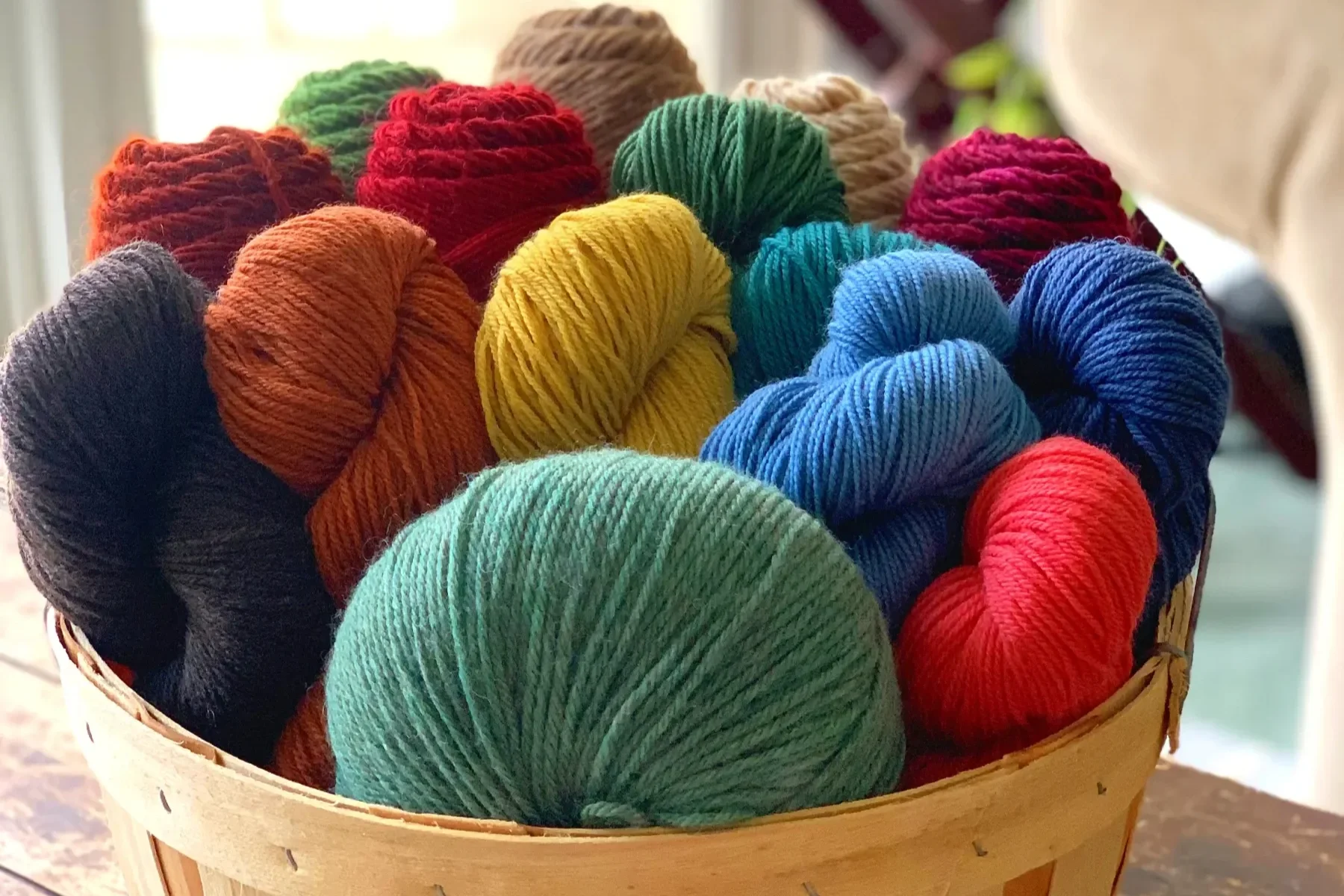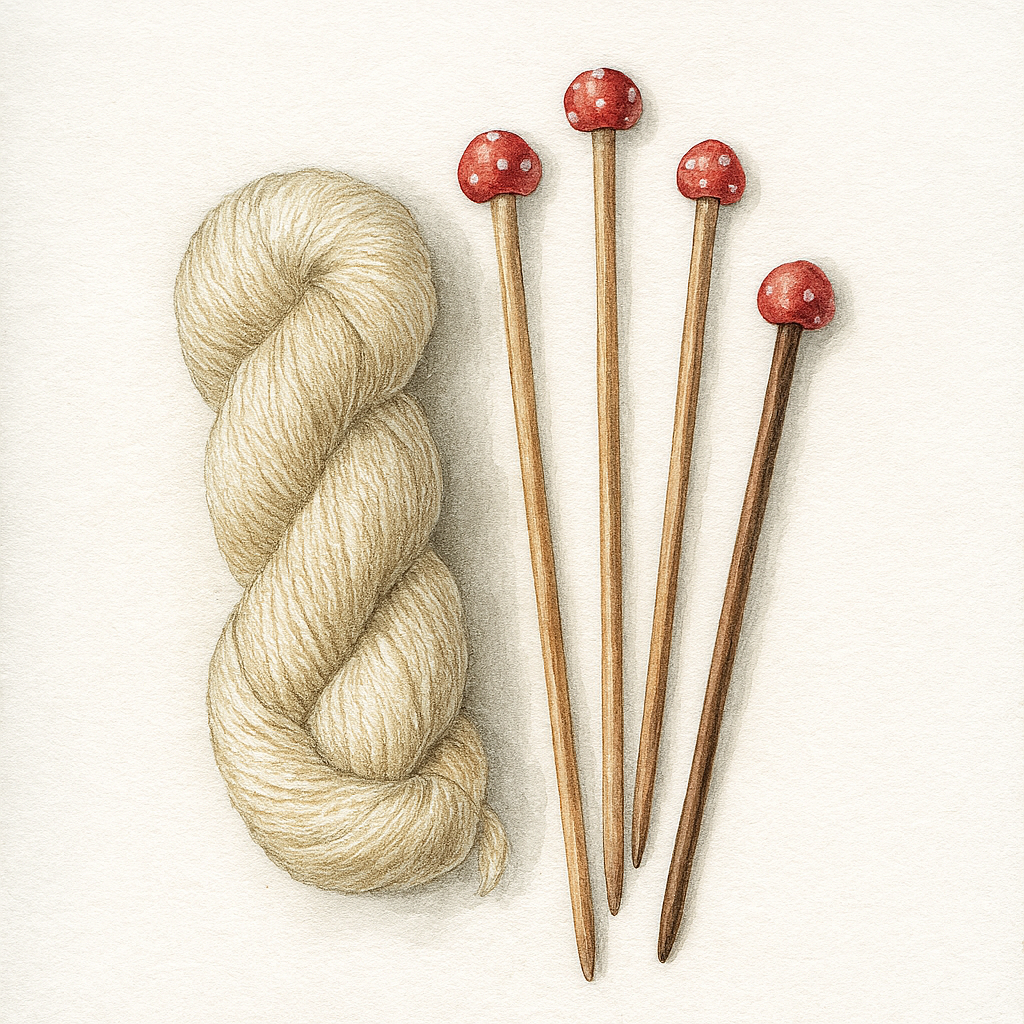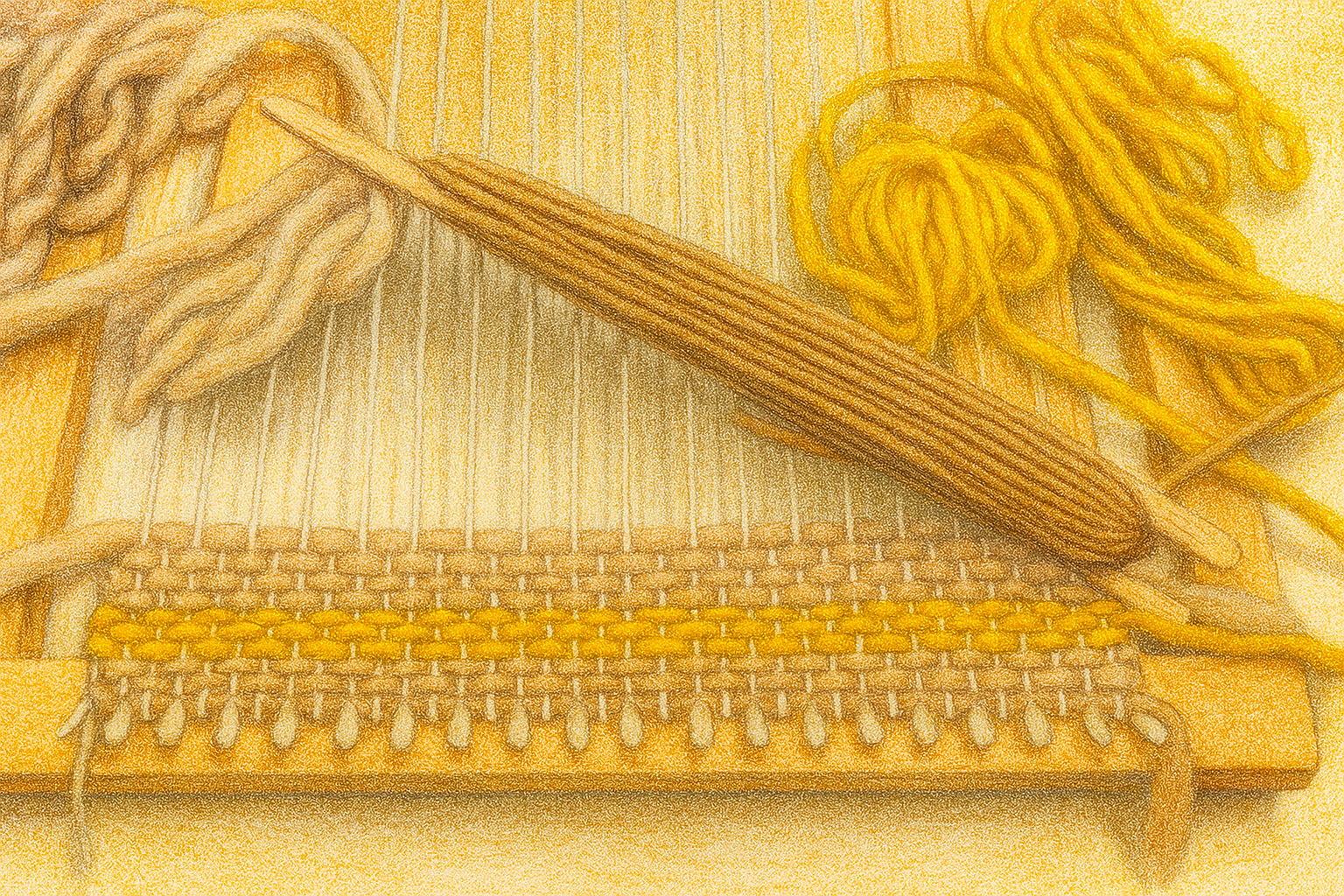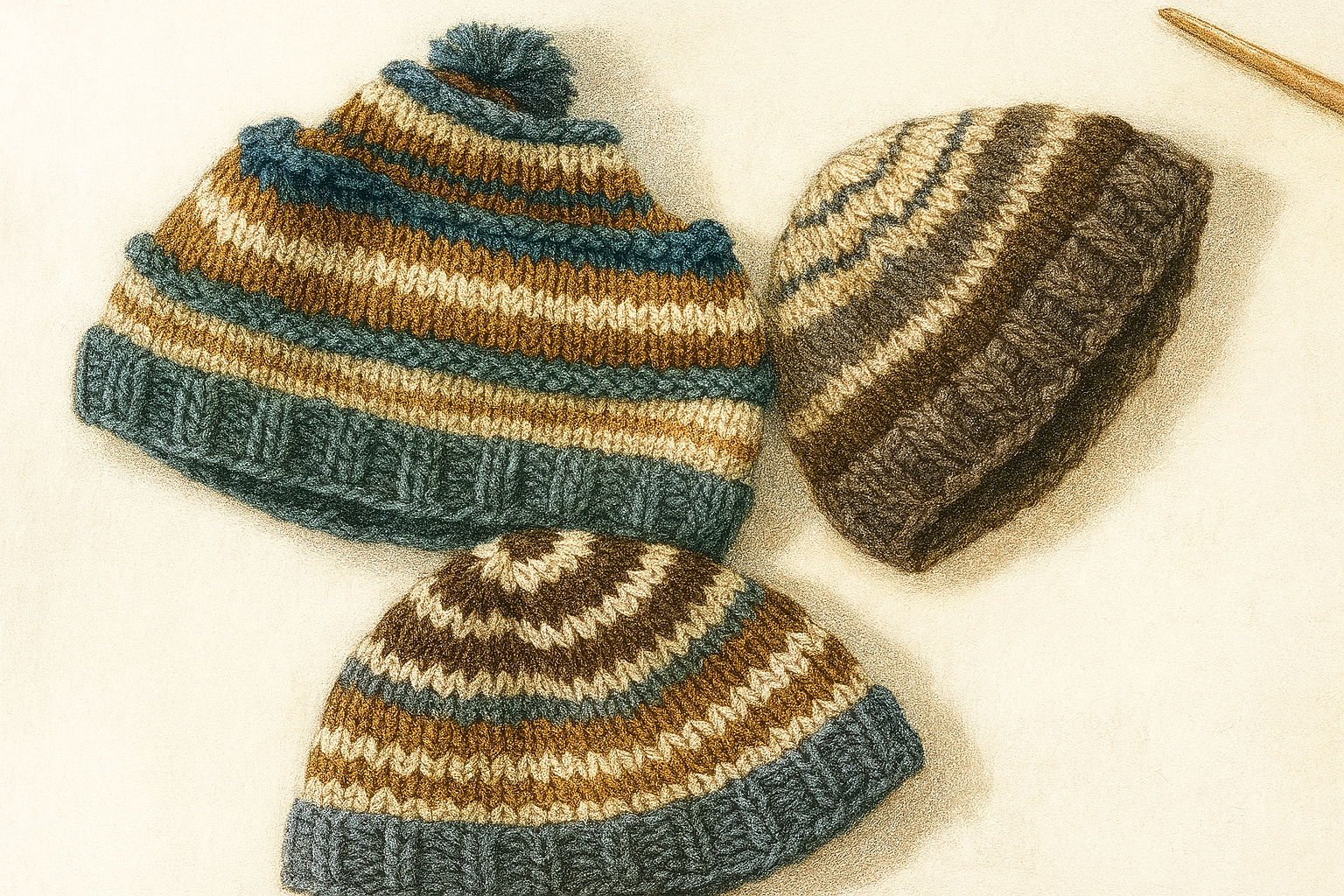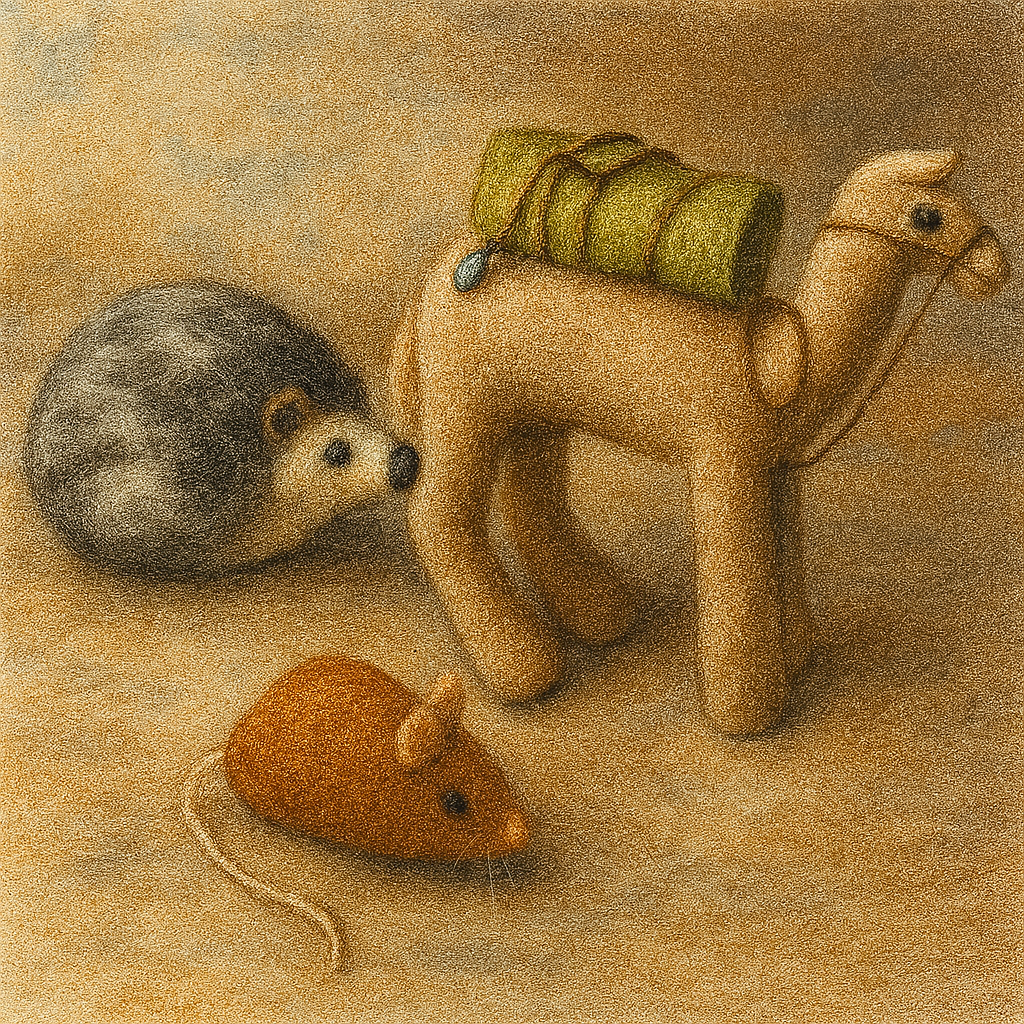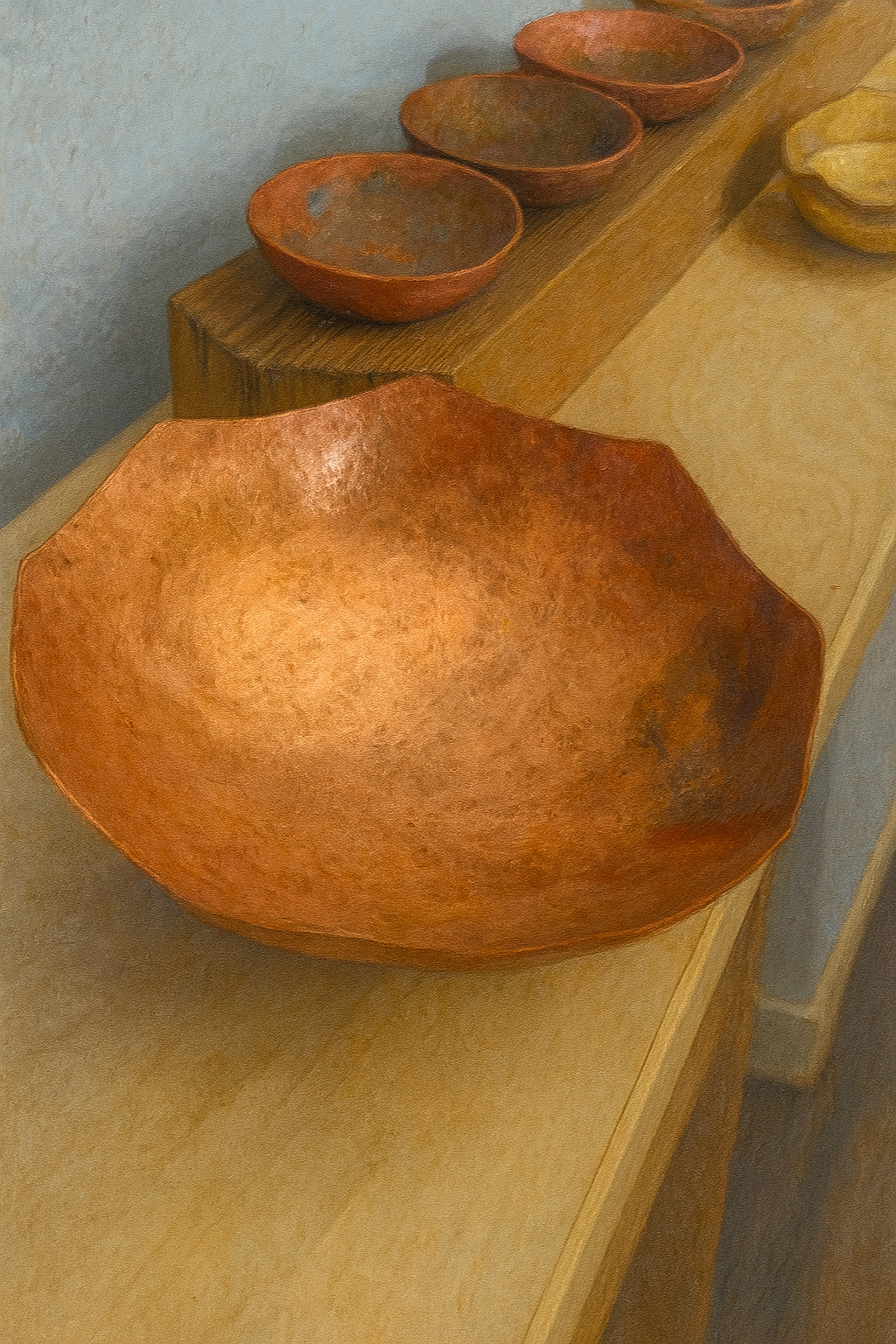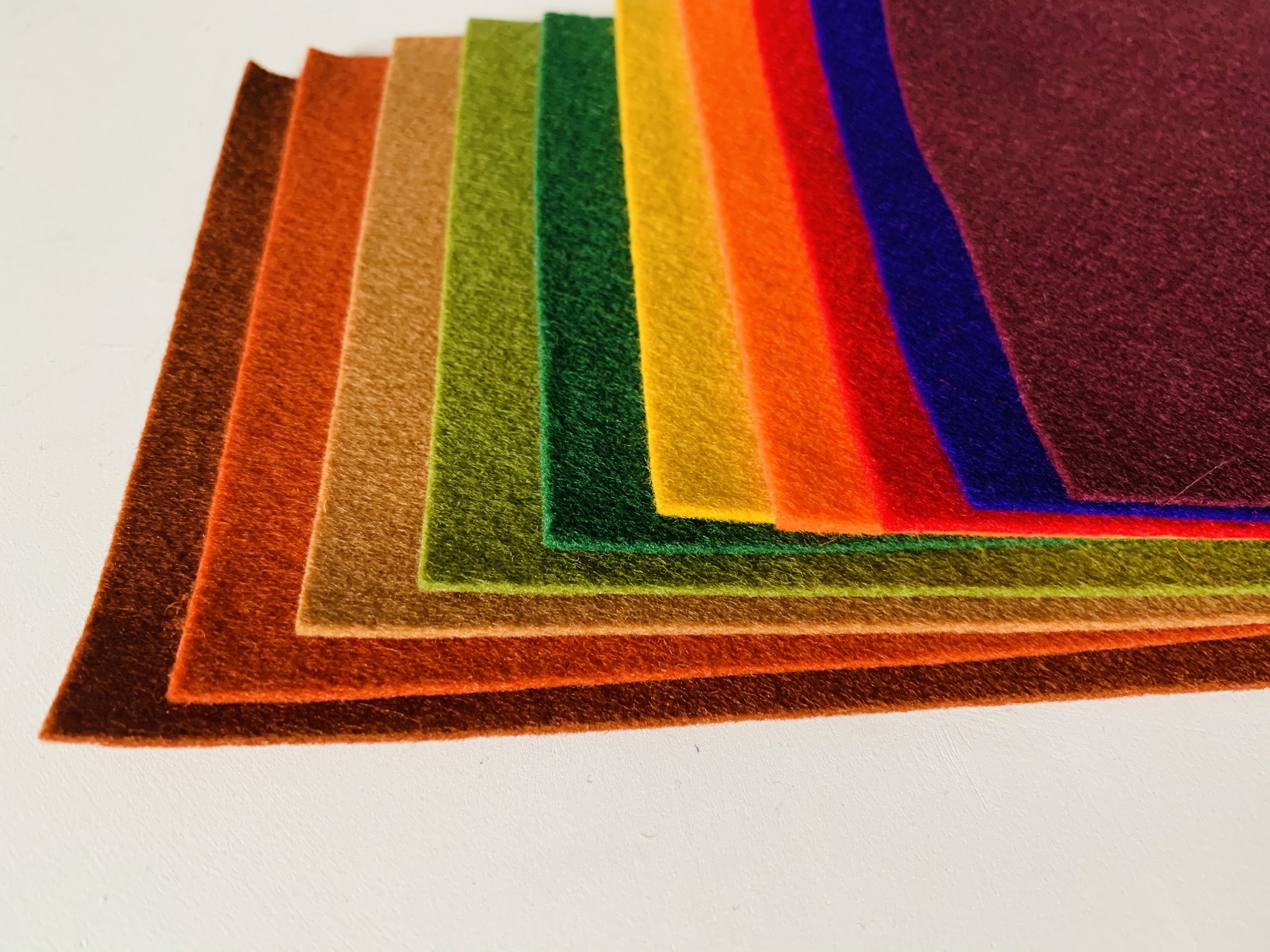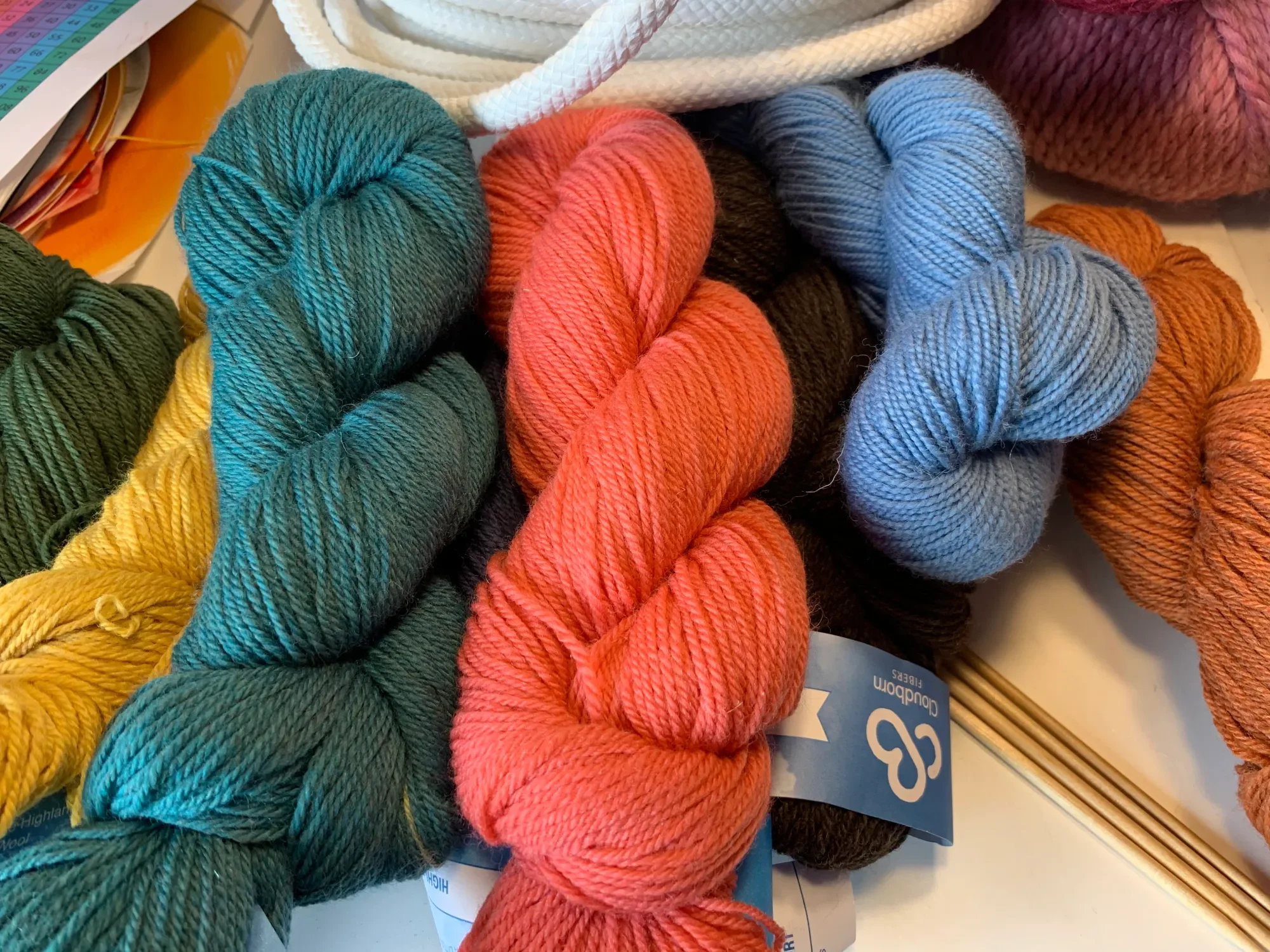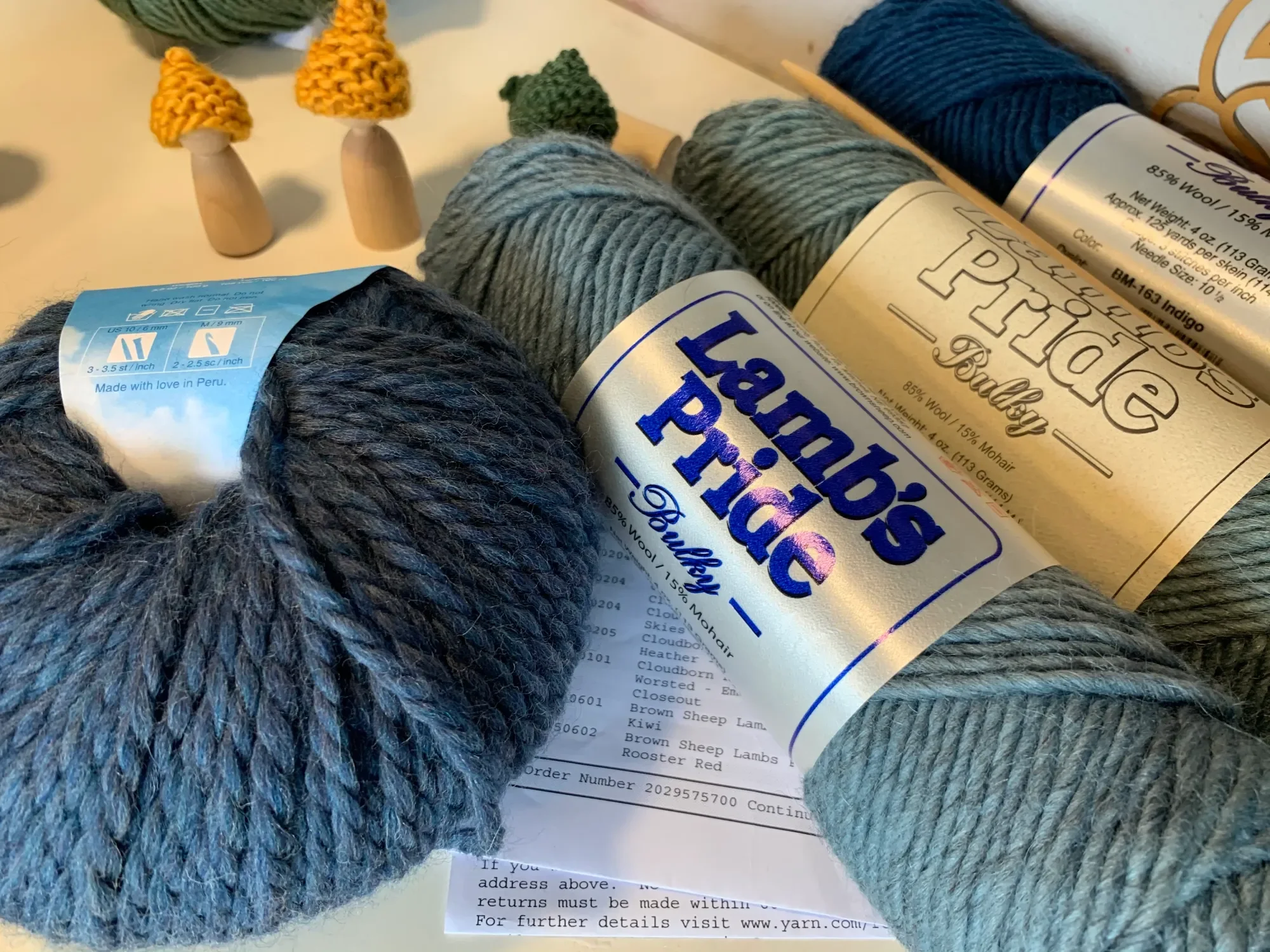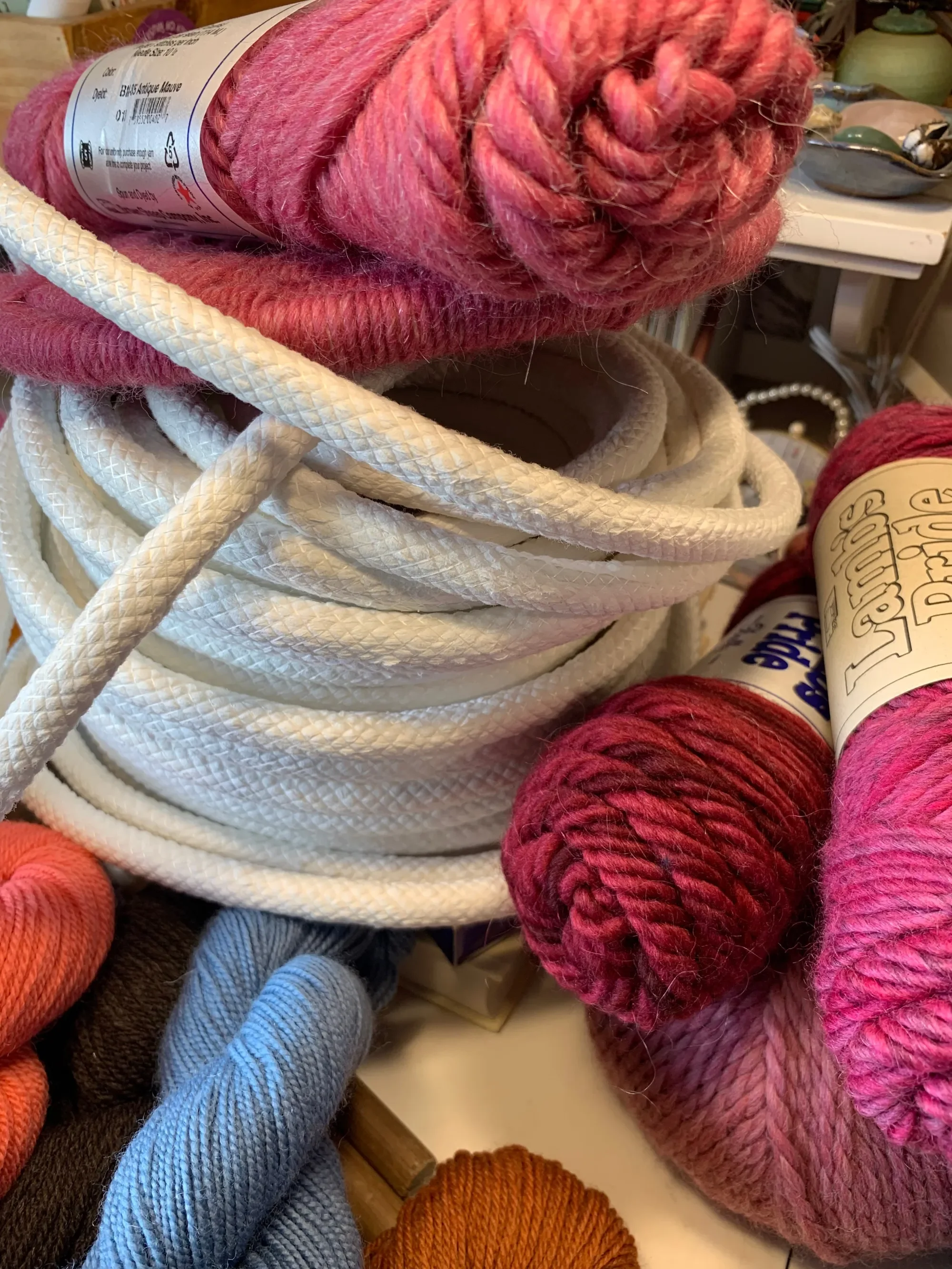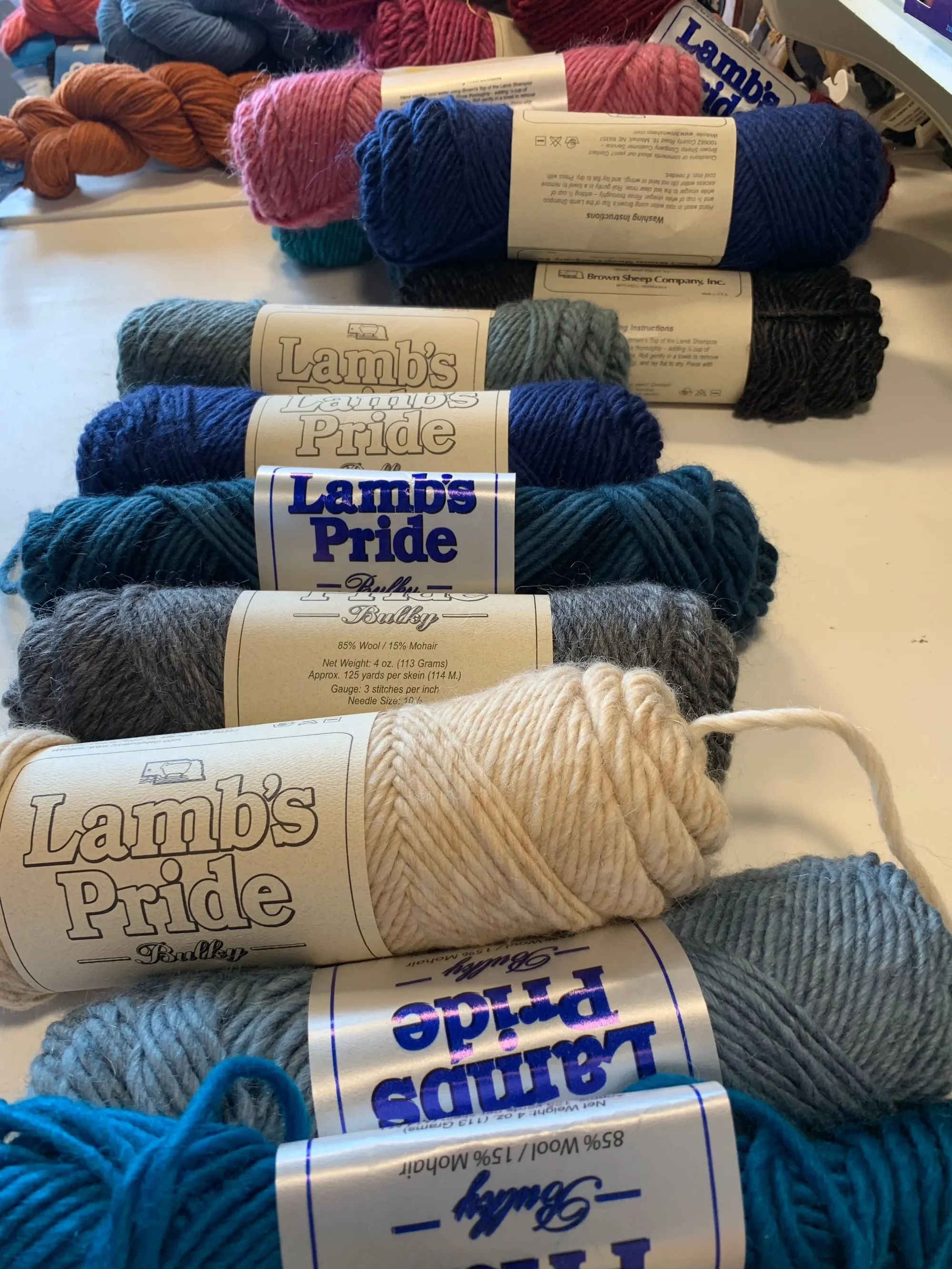Waldorf
Handwork
Handwork is a subject area in you'll find in Waldorf schools. Just like you would find math or science in traditional school settings, handwork is a staple in a Waldorf setting as well as history, literature, mathematics and many more subjects. One difference is that handwork is not a daily lesson. Usually you'll find that handwork lessons are 2-3 times a week, similar to eurythmy classes and other specialty classes.
Child Development
Each grade in a Waldorf school will have lessons that promote and support the the development of the child. The handwork lessons do the same through hands on learning in the fiber arts. Knitting is one of the first skills learned by a grade 1 student. The criss cross motion and cross body movement when the knitting needles cross each other (right at heart level), helps promote healthy brain development. When the two sides of the brain community through cross body movement (also achieved in other areas of the curriculum), it strengthens the pathway between the two hemispheres and primes the brain for higher learning in middle school.
Each grade engages in handwork to support both what is being taught in the curriculum and the child's development. Here's a brief overview of the handwork you might expect through the grades.
Handwork Through the Grades
-
Grade 1
Grade 1 handwork focuses on building foundational skills that support the child’s will development, concentration, fine motor skills, and inner calm. The curriculum is deeply connected to the child’s developmental stage and is taught through storytelling, rhythm, and imagination.
-
Grade 2
In Grade 2 of a Waldorf school, handwork builds on the knitting skills learned in Grade 1, introducing more complex projects like knitting in the round with four needles. These activities support fine motor development, concentration, and inner balance while fostering creativity, perseverance, and a love for purposeful work.
-
Grade 3
In Grade 3, handwork focuses on practical skills like crocheting and simple garment making, helping students feel grounded through purposeful work. Projects often include crocheting hats, bags, or animals, reinforcing fine motor coordination and independence.
-
Grade 4
In Grade 4, students explore cross-stitch or embroidery, as they decorate useful items or create geometric patterns. This encourages harmony and beauty in their handwork as their sense of form matures.
-
Grade 5
In Grade 5, students learn to knit in the round using four needles, creating socks or animals, which supports their developing individuality and ability to manage complexity. The work builds resilience and patience through steady, structured progress.
-
Grade 6
In Grade 6, handwork includes pattern making and sewing animals or useful objects from fabric, fostering spatial awareness and practical application. Projects grow in complexity to match the students’ growing analytical thinking and capacity for precision.
-

Grade 7
In Grade 7, students engage in more advanced machine or hand sewing, such as designing and constructing clothing, bags, or accessories. This process encourages self-expression, planning, and the ability to bring an idea through to completion. Doll Making continues with more complex details, refining skills students have previous learned.
-

Grade 8
In Grade 8, handwork culminates in a major individual project that may include quilting, costume making, or other fiber arts. This independent, creative endeavor helps students reflect on their skills and identity as they prepare to transition into high school.
-
Grades 9-12
In Waldorf high school, hard crafts deepen students’ engagement with form, function, and beauty through practical, hands-on projects such as metalwork, woodcarving, bookbinding, and leatherwork. These crafts cultivate precision, perseverance, and artistry, fostering both self-discipline and a deeper connection to traditional skills and natural materials.
Overview of Handwork & Materials
Handwork & Materials
-

Waldorf Handwork | Grade 1 to Grade 6
I’m sharing some of the handwork projects my children and I have done over the years. I’ve learned a lot from handwork teachers over the years a big thank you to Melanie and Elizabeth for all of the projects and skills you have taught me.
-
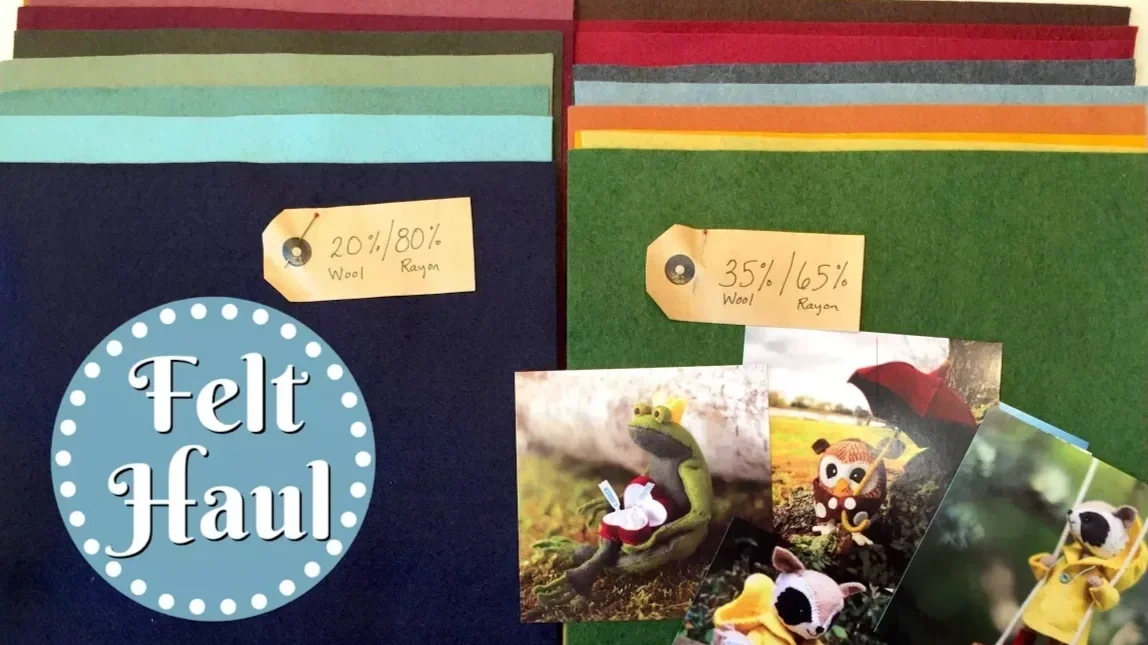
Felt Haul & Sewing Kits | ThreadFollower
Is winter time a creative time for you? With shorter cooler days, I find myself indoors more and having the supplies to get creative helps explore the creative bug that takes over during these months. Recently, I reached out to ThreadFollower to see if they would be willing to partial sponsor a felt comparison video by sending samples of the felt and other supplies they carry.
-
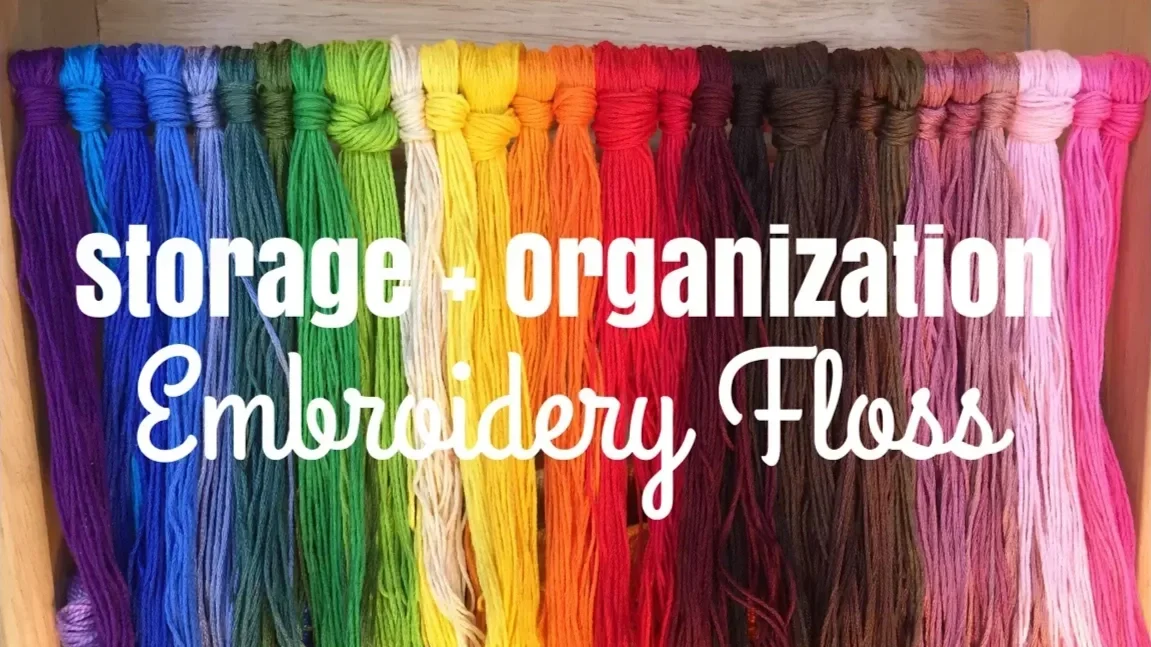
How to Store & Organize Embroidery Floss | Handwork
Nothing knots faster than embroidery thread, charger cables, and hair. And while I can't help you with hair and charger cables, I think I found a great solution with embroidery thread. I learned this technique years ago at the Live-Education Waldorf homeschool conference when master handwork teacher, Melanie Hatch, pulled out the most beautiful assortment of embroidery thread on a dowel stand.
-

Felt Comparison | Acrylic, Wool, Wool Blend, Bamboo
Did you know that the felt you buy at most crafts stores isn't all natural? It's actually acrylic! And being acrylic it means it's far less expensive, but won't last as long (in most cases) as wool felt. Acrylic felt is likely to disintegrate over time which makes it more prone to tearing, in fact, if you try to cut a thin strip of acrylic felt, it will just tear apart. But
-

CRAFT + HOMESCHOOL HAUL | Over The River Felt
Looking for felt that's of better quality than the acrylic felt from craft stores but more affordable than 100% wool felt? How about a wool blend? Or bamboo felt! I found Over The River Felt during a search on Amazon and later contacted the company to see if they'd like to donate products for my felt comparison video.
-
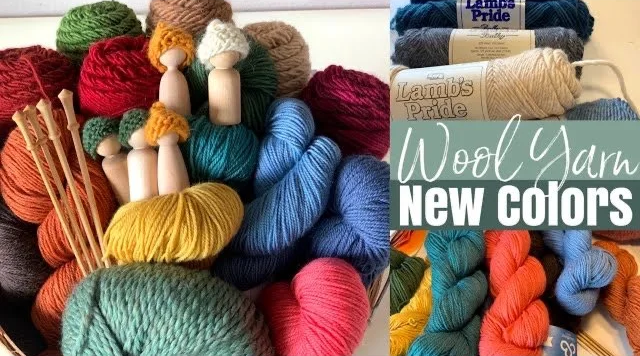
Yarn Haul
New yarn means new projects, and before I got to filming this haul, we already got started on our new projects. We are busy knitting away during these cooler months with longer nights and cozy days.
Waldorf Handwork | Grade 1 to Grade 6
I’m sharing some of the handwork projects my children and I have done over the years. I’ve learned a lot from handwork teachers over the years a big thank you to Melanie and Elizabeth for all of the projects and skills you have taught me.
In grade 1, when the children are first learning, how to knit, you can make so many projects from their work, whether it’s a square or a rectangle. Some of the things that we have made are the rainbow ball, a cat, a rabbit, a pumpkin, and a little doll. Also, in grade one, they will make their own knitting needles out of dowels.
In grade 2 children learn how to purl, and with that new skill, they can make a knitted doll with arms and legs.
In grade 3 children work with embroidery. This is a great time to wet felt a ball and embroider it while practicing different kinds of stitches.
In grade 4, children work with cross stitch. Children may cross stitch bags for their pencils or flute/recorder. Children may also practice different kinds of Nordic motifs with their embroidery to complement their main lessons.
In grade 5 children learn to knit with four knitting needles and knit hats and socks. We also added scarves to that year, but scarves are attainable to make in grade one, however, in grade one it’s recommended that children knit things that they can “love” like knitted animals or dolls. Of course we do a lot of knitted balls in grade one as well and that’s fun to play with. You wouldn’t do a scarf in grade one, as that has no feeling attached to it it’s more utilitarian and that is saved for an older grade.
In grade 6, children learn different stitching techniques. They create their own patterns and stitch animals like a horse or an elephant. They work on making two dimensional patterns, but thinking in terms of a three-dimensional product.
In middle school, students work on weighted dolls.
Felt Comparison | Acrylic, Wool, Wool Blend, Bamboo
Felt from Over the River, A Child’s Dream and ThreadFollower
Did you know that the felt you buy at most crafts stores isn’t all natural? It’s actually acrylic! And being acrylic it means it’s far less expensive, but won’t last as long (in most cases) as wool felt. Acrylic felt is likely to disintegrate over time which makes it more prone to tearing, in fact, if you try to cut a thin strip of acrylic felt, it will just tear apart. But wool felt might be out of your budget. As gorgeous as it is, and as long as it lasts, it still costs considerable more than acrylic felt. While I’ll always aim to buy wool felt over other alternatives, there is one that works well as a middle option: wool blend felt. Wool blend is a mix of 35% or 20% wool with 65% or 80% rayon. The price is less and while I can’t speak to the longevity of the blend, so far, it’s held up well for the last couple years we’ve used it. There yet still one more option you can choose from: a vegan option! Have you heard of bamboo felt? I hadn’t, but I tried some and it’s smooth and soft and to the untrained eye, could easily be mistaken for a wool blend. If you are a felt connoisseur, you’ll probably just stick to the 100% wool felt, and I’m with you! You simply cannot beat the quality and beauty of wool felt.
For this video and blog post, I got felt from A Child’s Dream, ThreadFollower and Over The River Felt. This is not a sponsored video, but I did receive free felt upon my request from ThreadFollower and Over the River Felt.
Felt Haul & Sewing Kits | ThreadFollower
Is winter time a creative time for you? With shorter cooler days, I find myself indoors more and having the supplies to get creative helps explore the creative bug that takes over during these months. Recently, I reached out to ThreadFollower to see if they would be willing to partial sponsor a felt comparison video by sending samples of the felt and other supplies they carry. They said yes! I'm showing you the haul video today of all the supplies that were sent to me for free. Later, I'll share the difference between a variety of felt, where you can get them and what they cost.
Giveaway closed
In the meantime, you can check out these two stitching projects we did using the ThreadFollower kits, which by the way, will be part of a giveaway coming up!
How to Store & Organize Embroidery Floss | Handwork
Nothing knots faster than embroidery thread, charger cables, and hair. And while I can't help you with hair and charger cables, I think I found a great solution with embroidery thread. I learned this technique years ago at the Live-Education Waldorf homeschool conference when master handwork teacher, Melanie Hatch, pulled out the most beautiful assortment of embroidery thread on a dowel stand. For years I wanted to make my own but didn't. Instead, I wove my embroidery floss onto a dowel and hung it in my school room. It worked well, but it was time for an update, both in storage and in type of floss, so after a recent A Child's Dream homeschool haul which included embroidery floss, I decided to upgrade my storage.
I was at a Goodwill in Santa Cruz when I saw this plate display and thought it would be the perfect solution to my embroidery floss needs. Not only can I hang this on the wall, the wooden display holder stands upright on the table without tipping over making it easy for me to take the embroidery floss to wherever I am working on a project.
CRAFT + HOMESCHOOL HAUL | Over The River Felt
Looking for felt that's of better quality than the acrylic felt from craft stores but more affordable than 100% wool felt? How about a wool blend? Or bamboo felt! I found Over The River Felt during a search on Amazon and later contacted the company to see if they'd like to donate products for my felt comparison video. They said yes! I chose a variety of products from their shop to share with you today and I can already tell you their selection is fantastic!
I've left links to several of the products so you can check the updated prices.
So far I'm loving the Superhero Mask DIY kit. My kids had a blast do this project.
https://overtheriverfelt.com/shop/super-hero-make-it-yourself-jumbo-kit/
We recently used the snowflakes for a winter stitching project and plan to do the same stitching project with the fall leaves set.
I'm already excited about the bamboo felt as it's a fantastic all natural alternative to the wool felt and wool blend felt. The wool blend felt comes in many colors and is about half the cost of the wool felt.
Bamboo Felt, 20/80 wool/rayon blend, 35/65 wool/rayon blend, Wool Felt collections.
Yarn Haul
New yarn means new projects, and before I got to filming this haul, we already got started on our new projects. We are busy knitting away during these cooler months with longer nights and cozy days. This yarn haul is two hauls in one. Everything in the circular basket was from a recent haul and everything in the square basket is from a haul several months ago. All of it is from Webs.
Primarily, I’m replenishing our supply of Lamb’s Pride yarn in bulky and worsted weight, but I’m exploring new colors. I’m also trying out some new yarn from CloudBorn. I got CloudBorn Bulky, worsted and Highland Sport. I’m finding their yarn very soft, and I love the color range. I also love the Highland Sport because the lighter yarn is working well for our mini hats projects for our peg dolls and finger puppets. This yarn is plied and this is a departure from our unplied yarn that I’m used to. We’ve already gotten started on our projects, and I love the yarn!! All of it. It’s all so beautiful and easy to work with. Stay tuned for new handwork projects, but in the meantime, enjoy all the handwork project tutorials we’ve done over the years.
